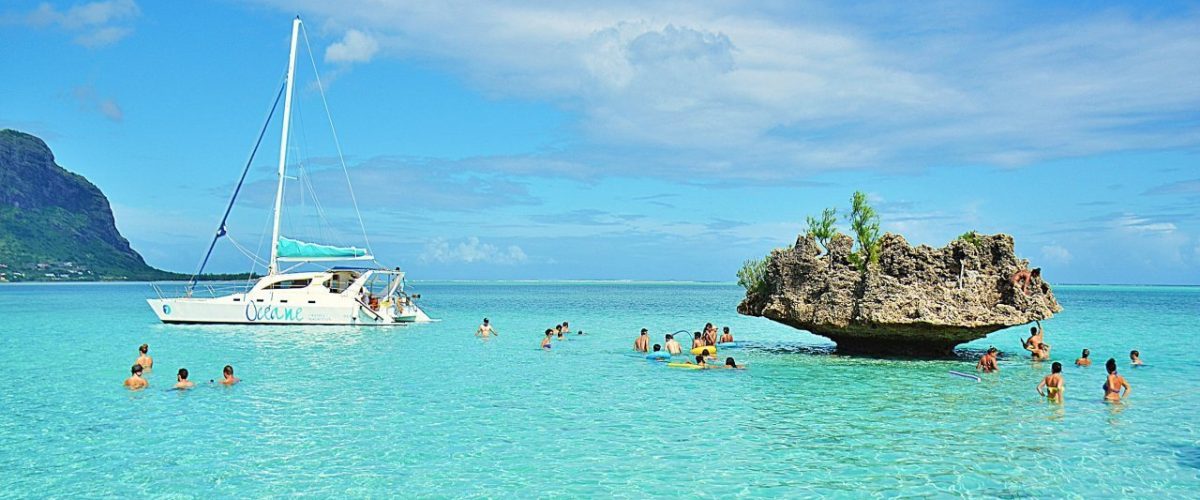Mauritius Travel Advice
Travel Guideline for Mauritius
Get Adventure in the wild safaris’ vital Mauritius travel advice before you travel; there is nothing like current, relevant travel information straight from the professionals.
Spending & Money
The Mauritius Rupee is the native currency; you will find that your hotel or resort will easily exchange cash or traveller cheques. Generally speaking, travelers checks have a better rate than cash.) But many guests pay for any extras with credit cards since Visa and Mastercard are accepted all around the island.
Breakfast, dinner, all non-motorized water sports, and unlimited waterskiing usually include hotel costs. Sometimes you could choose an all-inclusive rate that also covers lunch and beverages (save from imported beers and spirits). Although it’s clearly a somewhat higher rate, buying the all-inclusive ticket upfront ensures that except from souvenirs, tips and taxi charges, you won’t have to worry about money on your Mauritius holiday.
Tips and Gratuity
While it is not required, in Mauritius tipping is much valued. We advise a tip of between 10% and 15%, which is the charge top-end hotels and restaurants will occasionally add to a bill, for excellent service.
For comprehensive tipping policies, ask one of our Africa Safari Experts; they would be pleased to provide their information to you.
Climate Average year-round temperatures: 17°C to 30°C
December till April is the rainy season.
Consult “best time to visit Mauritius” for more specific guidance and climatic graphs.
What to wear
Light beach wear and cotton clothing will be most comfortable during the day as much of your Mauritius holiday will probably be spent on the beach: shorts and t-shirts, swimming costumes, sun hats, sunglasses and sandals are absolutely vital. A pair of walking shoes will also be handy, and have a couple somewhat more formal evening wear.
Airlines & Getting Around
You could arrange your flights with Adventure in the wild safaris. See our Flights part for further information and often asked questions.
Whether coast it is on, Sir Seewoosagur Ramgoolam International Airport, located 4km from the seaside town of Mahebourg, takes around an hour to reach your resort or hotel. Fly from Johannesburg, Durban, Cape Town, Nairobi, straight from Europe or Dubai.
Road transports whisk you from door to door; nevertheless, the small size of Mauritius makes it simple to explore the island on your own steam; lease a scooter, vehicle or even a bicycle. Take one of the several cabs that are on hand if you would want someone else to drive; although they all have meters, they are hardly turned on. Decide on a price before you set off on your trip.
Visa and Passport Guidelines
Among other countries, USA, EU, Canada, and Japan do not need visas to access Mauritius. One month’s initial entrance is given; Port Louis offers extensions for three more months. Arriving at the airport, visitors from most other countries can apply for a tourist visa for up to 60 days; for a comprehensive list of visa requirements, check the Mauritius Embassy website.
Every traveler to Mauritius needs a passport good for at least six months beyond their planned stay.
About Mauritius:
History and Economic Development
Unknown and uninhabited until the Middle Ages, Mauritius was subject to waves of European settlement — Portuguese, Dutch, and French – until the British capture in 1810. Slaves were immediately imported to the island from Africa, Asia, Madagascar, followed by indentured labourers from India. Colonialism set off fast economic growth. Built on sugar output, the capital Port Louis developed into a sophisticated and rich commercial port with an increasingly distinct ethnic identity. Mauritius cleared its path to independence from Britain in 1968.
Though less than in the 1970s when it accounted for a quarter of Mauritius’ GDP, sugar output is still significant for the island’s economy. While financial services and textiles are part of the modern mix, tourism—which accounts for almost a third of Mauritius’s total GDP and thirty percent of direct and indirect employment—has probably most helped turn Mauritius into one of the most stable and prosperous nations in Africa.
People and Culture
Though they belonged to the British Empire, Mauritius was not really colonised by British people; the French character of the island still exists today. English still is the language of government, business, and law, nevertheless. Comprising less than 1.3 million, the Mauritius population is multilingual and most speak English and French equally fluently. Spoken by most and regarded as the official language of Mauritius, Mauritian Creole is a French-based language.
Most Mauritius are descendants of individuals from Africa, France, China, and India; the latter makes over 70% of the population. This makes the population multiethnic as well. Religious belief is varied; around 50% of Mauritius are Hindu, and various Hindu and Tamil celebrations find place in Mauritius’ daily events. Of the surviving Mauritius, one third are Christian, fifteen percent are Muslim, and there exist small Buddhist and Sikh groups.
Many cultural customs and superstitions also result from ideas imported from Asia and Africa. While local sorcerers, commonly known as longanistes or traiteurs, are occasionally utilized by Mauritius to settle disputes, inflict retribution or administer love potions, Mauritius’s renowned sega music has strong African roots.
Environment & Animal Life
Rising from coastal lowlands to a central plateau surrounded by mountains, Mauritius is bordered by 150km of sandy beaches and the third biggest coral reef worldwide. A few of its beaches are among the best in the world, and Mauritius’s landscape usually reflects that of a traditional tropical island: rich, green and bursting with flowers.
Although Mauritius’s geographical isolation led to great biodiversity, as best shown by the fate of the dodo, the island’s nature has been under threat ever since people arrived. While away from the beaches, Mauritius’s well-protected reefs provide great diving and snorkeling; various parks and reserves guard the island’s remnant forests and provide fantastic hiking opportunities.

